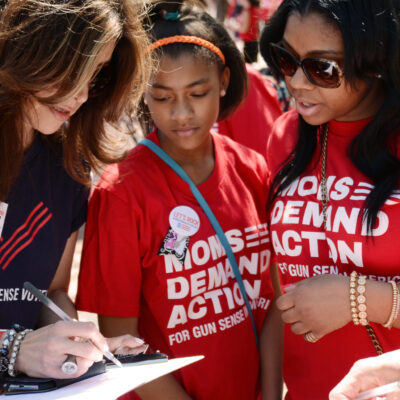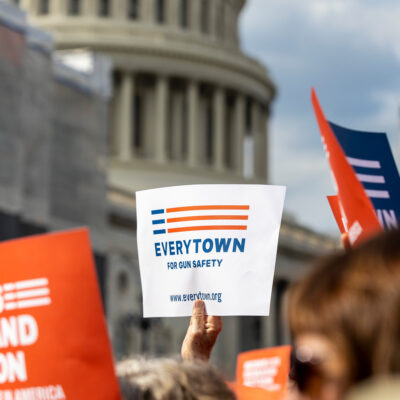Re: New York Times Analysis: NRA’s Influence Rapidly Declines in Congress
8.27.2019
Following a series of shootings across the country this month, a number of Congressional lawmakers have bucked the NRA and voiced support for common-sense gun safety measures, like expanding background checks and passing Red Flag laws. A comprehensive New York Times analysis of the NRA’s letter grades and endorsements published yesterday shows the significant degree to which the National Rifle Association’s influence in Congress has rapidly declined in recent years.
The New York Times analysis uncovered that incumbents who defied the NRA faced little electoral backlash, and actually did better electorally than those who moved towards the organization.
The New York Times reports:
For years, one of the N.R.A.’s most powerful tools was lawmakers’ belief that defying it would be political suicide. And because so many politicians believed crossing it would hurt them, they didn’t.
But The Times’s analysis showed very little electoral backlash over the past 10 years.
Of the 25 lawmakers who dropped three or more letter grades, only two — Senator Joe Donnelly, Democrat of Indiana, and Representative Carlos Curbelo, Republican of Florida — lost re-election, and Mr. Curbelo lost to a Democrat who also had an F rating. He faced no serious opposition in the Republican primary.
In fact, of the 83 members of Congress downgraded by any amount between 2008 and 2018, only 11 lost re-election. By contrast, 14 of the 31 members who were upgraded lost.
In other words, legislators who moved away from the N.R.A. did better electorally than legislators who moved toward it.
…
And the Times found no cases in which a Republican who broke from the N.R.A. was replaced with someone the group rated better.
…
More candidates have begun running against the N.R.A. from the get-go. Many Democratic challengers, especially in conservative states, used to side with the group; in 2008, there were 90 House and Senate races in which both candidates had A’s. Last year, there were only seven.
The trend is particularly striking in the total number of A’s and F’s the N.R.A. assigns to congressional candidates.
In 2008, the group assigned 447 A ratings to House and Senate candidates, and only 174 F ratings. But in 2018, only 351 candidates received A’s, and 416 received F’s. It was the first time in at least 10 years that F’s exceeded A’s.
Meanwhile, a significant number of candidates have been running and winning on gun safety platforms, showing how an NRA A-rating has gone from a badge of honor to a scarlet letter.




